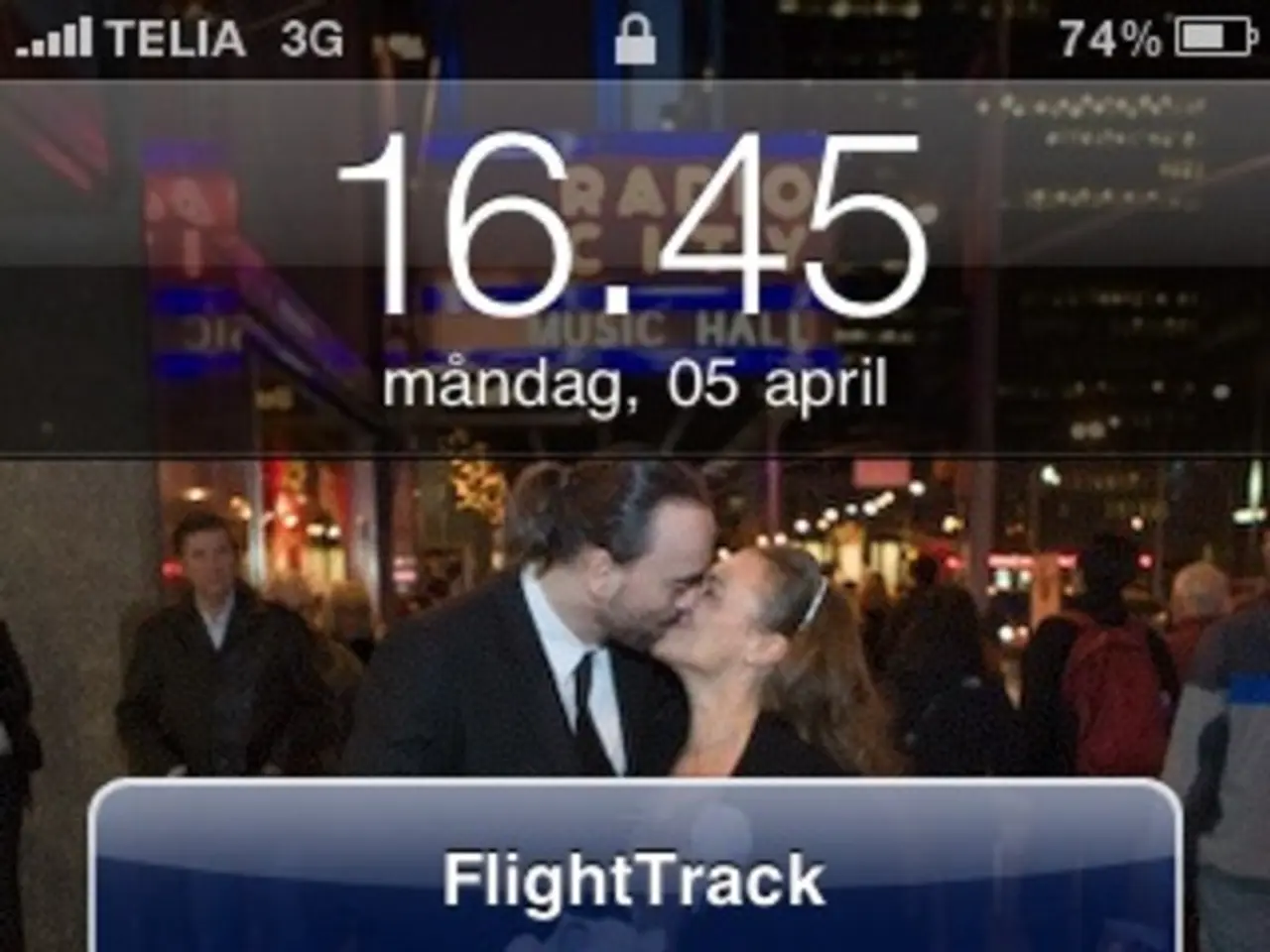Comparing iOS 26's lock screen customization to Android 16's: A Battle, with a Surprising Verdict
In the latest updates, both iOS 26 and Android 16 offer unique features for customizing the lock screen, each with its own strengths and weaknesses.
Lock Screen Wallpapers and Widgets
Android 16 continues the evolution of Google's Material You design, emphasizing dynamic theming and blur effects. Users can add up to three icon-sized widgets on some devices, such as the Samsung Galaxy Z Flip 7. However, certain devices like the Pixel 9 Pro XL currently lack widget support on the lock screen, though Google plans to enable this with future updates.
iOS 26 introduces a Liquid Glass design with translucent panels and parallax effects that give wallpapers a 3D spatial scene look. It supports multiple lock screens linked to Focus modes and offers different filter effects. It also allows extensive editing and customization of lock screens but limits widget interactivity compared to Android.
Shortcuts and Customization Depth
iOS 26 offers deeper lock screen features, including linking lock screens to specific Focus modes and creating multiple customized lock screens. It emphasizes a visually rich and interactive experience but keeps customization more controlled and consistent.
Android 16 focuses on power, flexibility, and multitasking. It supports device-specific customization such as color combinations for icons/text and a dynamic clock that adapts to lock screen content. Android provides broader customization freedom overall due to hardware variety and software openness, but this can vary by device manufacturer.
Summary
| Feature | iOS 26 | Android 16 | |-----------------------------|----------------------------------------|-----------------------------------------| | Lock screen wallpapers | Liquid Glass 3D spatial effects, filters | Material You dynamic theming, blur effects | | Lock screen widgets | Limited; fewer widget options, no universal support | Up to 3 icon-sized widgets on some devices; planned updates for others | | Lock screen shortcuts | Focus mode linkage, multiple customizable screens | Color/icon/text customization, dynamic clock, user profiles | | Customization overall | Controlled, design-driven, smooth user experience | Broader, hardware-dependent, flexible |
Verdict
Android 16 leads in overall customization options, especially for widgets and shortcuts, but some features depend on the device brand and may be inconsistent across Android phones. iOS 26 offers a visually richer and more cohesive lock screen experience with unique spatial and AI-enabled features but is less customizable in widget placement and shortcuts.
Android 16's lock screen has a maximum of two shortcuts to add, positioned on the bottom left and right corners of the lock screen, with no other placement options. iOS 26's lock screen customization feels unlike Apple's usual minimalist approach.
iOS 26 offers a wide variety of wallpaper options, including dynamic ones like astronomy and weather wallpapers. AI wallpaper on Android 16 offers unlimited possibilities by using keywords for the image generator.
Android 16 offers broader customization options for shortcuts and widgets compared to iOS 26, with more flexible placement choices for widgets and a greater number of shortcut options. On the other hand, iOS 26 provides a visually richer lock screen experience with unique spatial and AI-enabled wallpaper features, although customization choices for shortcuts and widgets are more limited. Both smartphone operating systems like iOS 26 and Android 16 bring their own unique features and benefits when it comes to utilizing technology's latest gadgets, such as smartphones.




